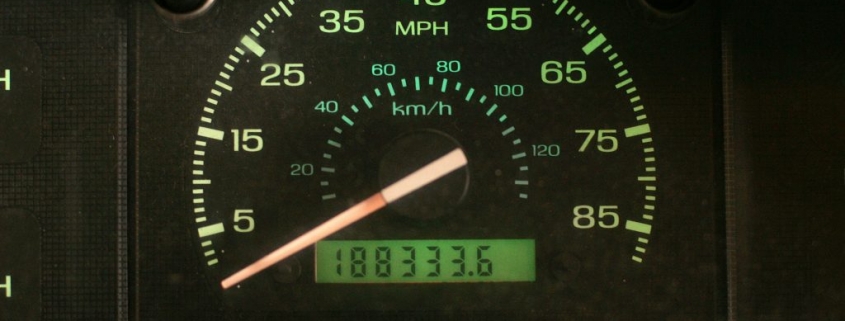What Does High or Low Mileage Really Mean for Your Car?
There are many factors that determine how much your car is worth, and they are similar to the factors that we take into consideration when we are purchasing cars brand new, also. How many miles a car is designed or expected to last, for example, is one major concern that many buyers, both on the new and used car market, focus on. How expensive maintenance and repairs are ties in with this idea, as we want to know that we can afford to cover any potential issues that arise and can keep the vehicle in good, running condition for as long as possible. What is considered high or low mileage for a vehicle can vary greatly depending on several factors, and it isn’t as black-and-white as some people may initially think.
High mileage or low mileage is subjective
What has considered high or low mileage on a vehicle is subjective to the type of vehicle, and sometimes even more specifically, the vehicle model itself. Consumer cars like sedans and SUVs may still be considered lower mileage at 30,000 miles, but sports cars and collector cars like a Lotus Elise would be considered higher mileage at 30,000. The age of the car also determines what is considered low mileage, where an older car with 50,000 miles might be considered low mileage, but the same car a year old with 50,000 miles would be considered high. This isn’t a perfect science or equation, but according to the Federal Highway Administration, the average annual miles for a vehicle is around 15,000. Multiply that number by how many years old a vehicle is, and you can guess what the average expectant mileage should be — for consumer vehicles.
Why do buyers tend to steer away from high mileage cars?
Mileage is one of the biggest ways that we gauge a car’s life expectancy on the road, even if it isn’t the most accurate. Higher mileage cars are typically worth less than the same car in the same condition with fewer miles because higher mileage cars are not expected to stay on the road as long. This isn’t a fool-proof way of gauging a car’s life expectancy, as you can buy cars with over 200,000 miles and still get years’ worth of quality driving with few to no problems. However, cars with higher mileage are typically older in general, which is also a factor in how much the car is worth.
Why do people gauge a car’s life by how many miles it has on the odometer
There aren’t a lot of features on your car that gauge how much it has been driven or how it has been driven or maintained. Mileage is one of the only ways that buyers and sellers and determine how much a car has been on the road, even if it does little to tell us anything about those miles, and it tells us nothing about how hard a vehicle has been driven. Mileage also doesn’t explain how well a car has been maintained, but not every car comes with verifiable maintenance and repair records, leaving us with miles as the only indicating factor of how much of a car’s lifespan has been used.
RELATED: Is Buying a High Mileage Car a Good Idea?
The post What Does High or Low Mileage Really Mean for Your Car? appeared first on MotorBiscuit.







